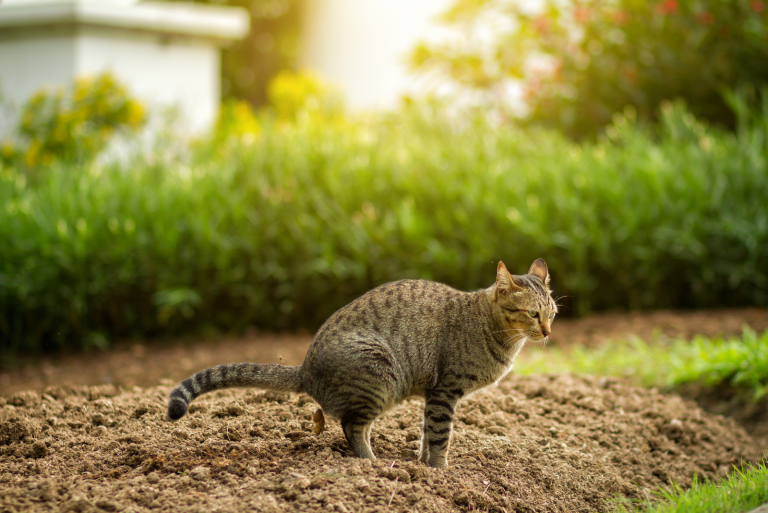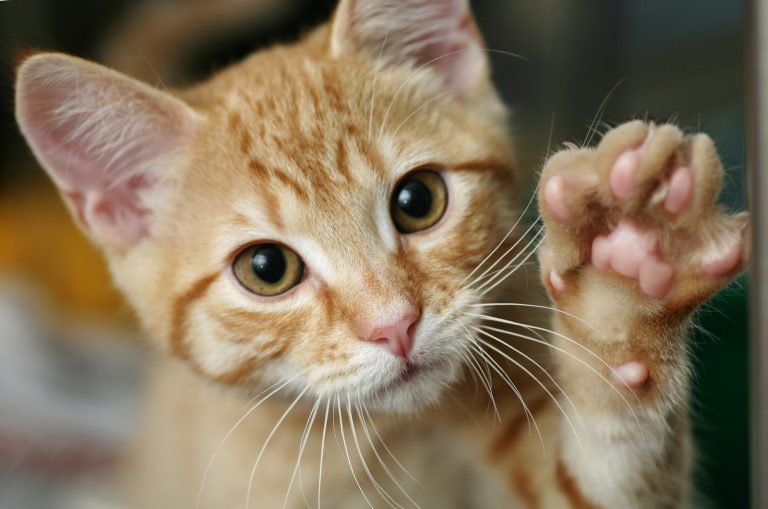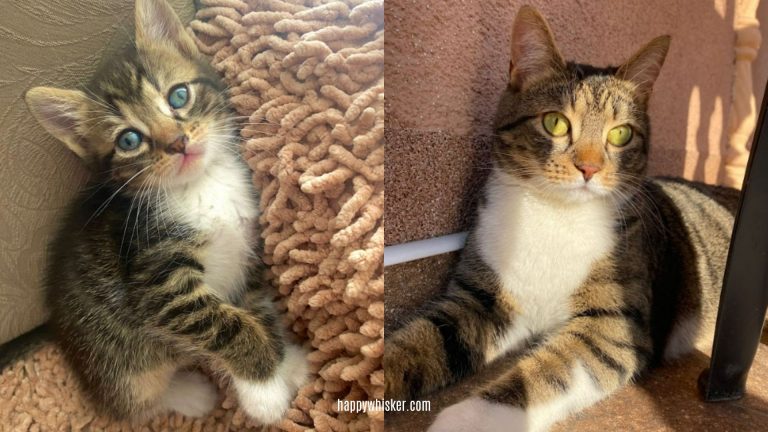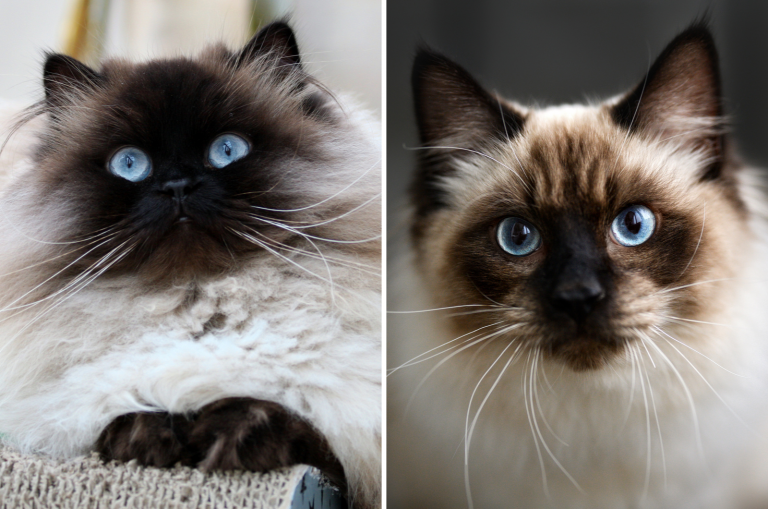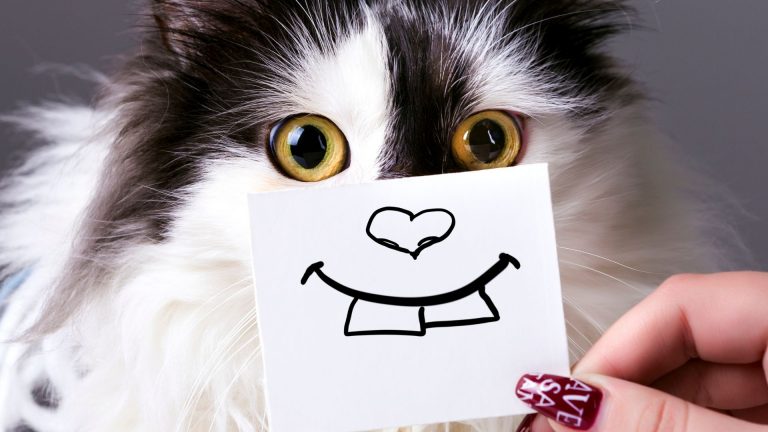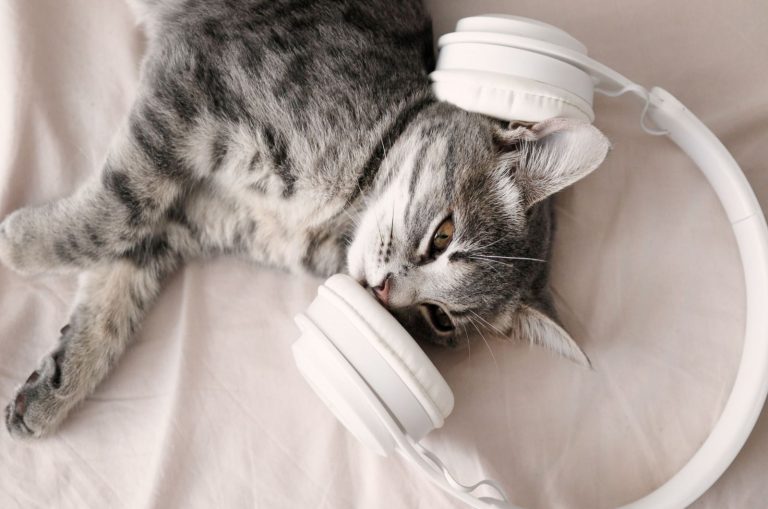Best Advice For Dealing With Unhealthy Cat Claws
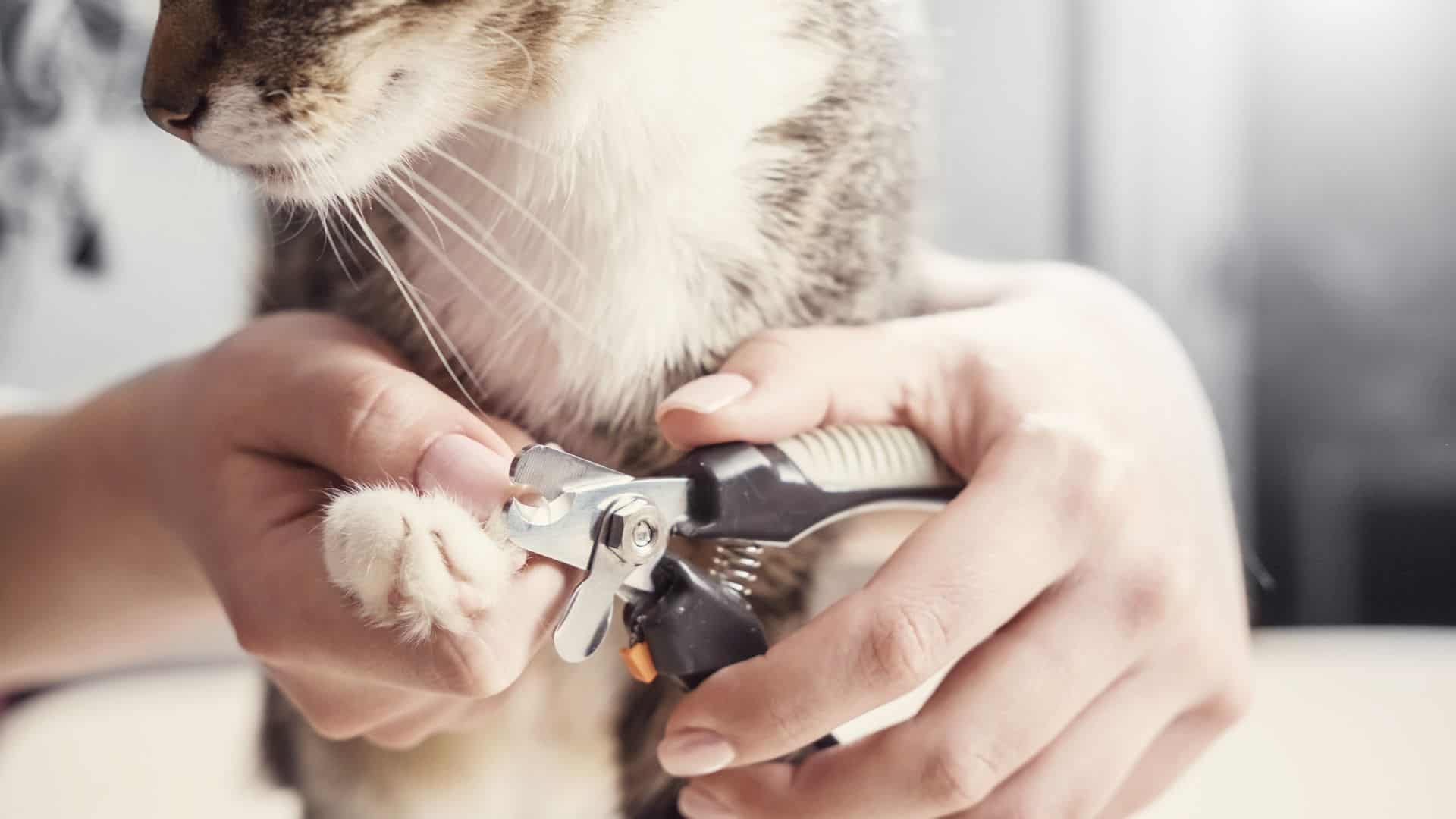
Cat claws can seriously injure their prey, but they are also a fragile part of a cat’s anatomy. Strong claws indicate that the cat is healthy, whereas signs of damage indicate the opposite.
Cats use their claws to climb, control their surroundings, and mark their territory, as well as to defend themselves against threats. Making sure they’re healthy will help ensure that your cat is acting naturally and performing the activities it’s supposed to.
Unhealthy cat claws can be caused by a variety of factors; continue reading to learn how to identify the symptoms and causes of your cat’s unhealthy claws.
Reasons For Unhealthy Cat Claws
Unhealthy cats’ nails will typically be swollen and yellowish and have an abnormal shape. They will also be prone to breaking. Typically, only one or two nails are affected.
We will notice the cat frequently licking its claws, biting them, and/or not using the affected paw.
Now let’s see what the most common causes of your cat’s unhealthy claws are, before they lead to more severe health problems.
See also: Do Horned Paws Hurt Cats And How To Be Sure
Onychocryptosis

It is caused by the nail growing into the skin of the cat’s toes. The main issue associated with this is the progression of sores on the cat’s feet, which allow bacteria to enter and cause infection. Ingrown toenails cause pain, redness, and swelling in cats.
As a result, the affected limb becomes lame and lacks support. They also become more agitated and nervous. They won’t be able to sharpen the claws or normally climb if their front claws are ingrown.
In these cases, you should see a veterinarian to have the ingrown nail trimmed or removed. You must also know that pulling out the claws (i.e. surgically removing all of your cat’s claws) is never the solution. This is inexcusable cruelty towards cats.
Onychoclasis
Onychoclasis, or brittle nails, can also affect cats. These nails can form horizontal streaks, much like when a nail breaks as a result of trauma or injury. Cats with brittle nails may have digestive issues that prevent proper nutrient absorption.
Biotin treatment has been found to help strengthen the nails of these cats. The underlying cause should be addressed with appropriate therapy. In the case of onychoclasis, all or most of the cat’s nails will be affected.
Demodicosis
Demodicosis is more common in dogs, but it can also affect cats. It is a skin condition that is caused by Demodex mites. You might notice lesions of alopecia, hyperpigmentation on the cat’s toe skin, and thickened claws.
This disease most often resolves on its own and does not require any specific treatment. Your vet might, however, propose a treatment with certain meds included to fight the skin disease and get rid of mites.
Onychorrhexis
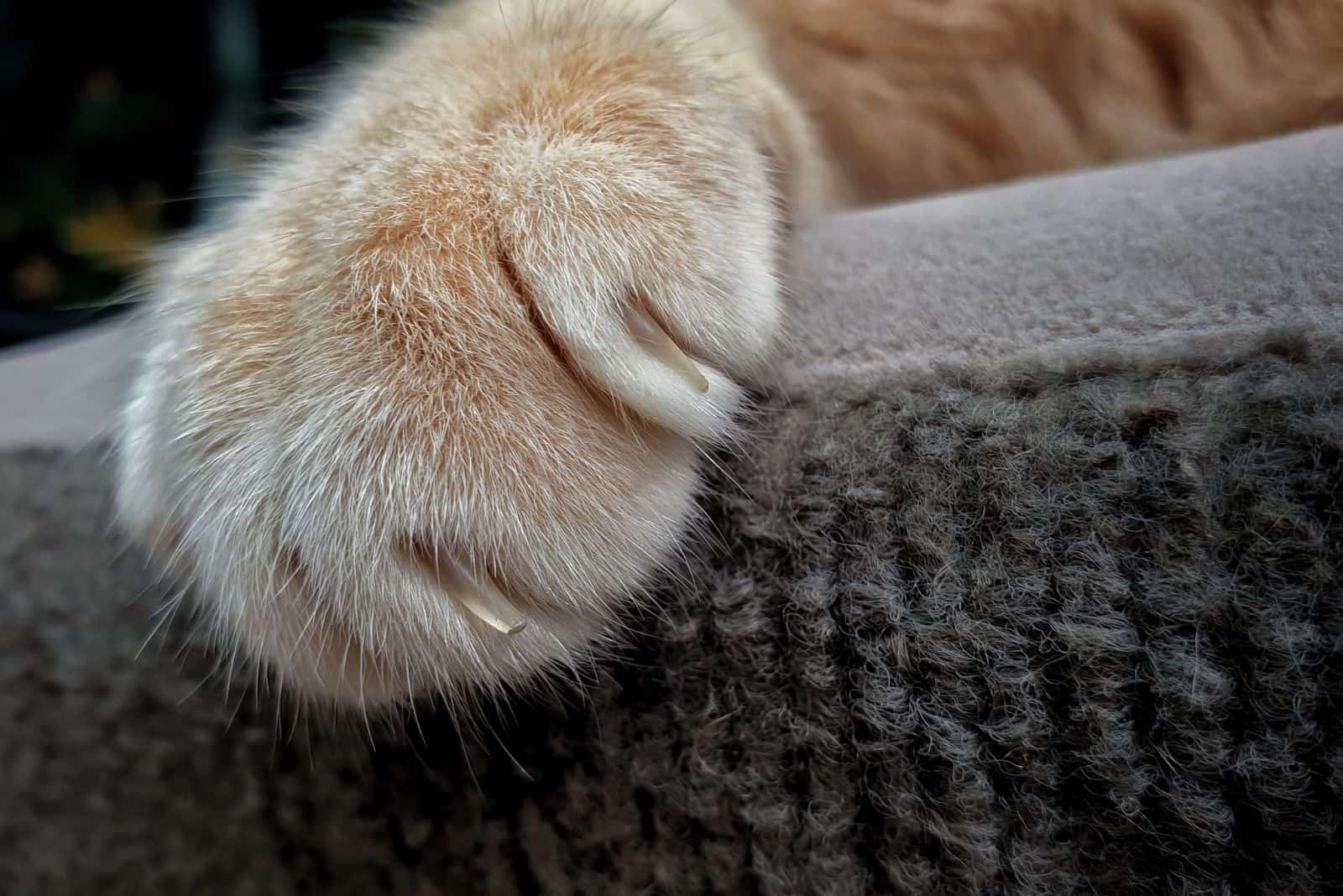
This is another form of brittle claws in cats but is mostly associated with overgrown claws, which leads to nail splitting. This is more common for older cats; since their circulation isn’t as it once was, their claws aren’t getting sufficient nutrients.
Overgrown claws are in danger of growing into a cat’s paw pad, which causes great pain and most commonly leads to an infection. You’ll notice onychorrhexis through split nails.
If you do, take your cat to the vet and also talk to them about omega-3 fatty acids, which are extremely helpful and good for nail care.
Onychomycosis
Onychomycosis, also known as nail fungi, is a fungal infection that causes inflammation of the tissue surrounding the cat’s nails. Cats with onychomycosis have the most common visible symptoms: oddly shaped, swollen, yellowish nails.
Consider this the feline equivalent of a human fungal nail infection. They are also prone to breaking. Typically, one or two nails are affected. Cats frequently lick, chew, and do not bear weight on the affected paw.
The most common sign of infection is a crust that forms around the nail. Use antifungal ointments to get rid of the fungus while keeping your cat’s feet clean.
When trimming your cat’s nails, take extra care not to cut the quick (the part of the nail containing nerve endings).
Cuts cause a great deal of pain and are a breeding ground for bacteria. Bacteria accessing the wound may cause these infections. Antibiotics will almost certainly be administered in such cases to destroy bacteria.
Hyperthyroidism
Hyperthyroidism is typically caused by a benign thyroid tumor or the thyroid gland (that cats need). The thyroid gland is responsible for the production of thyroid hormones, which control the cat’s metabolism.
Cats older than the age of ten are more likely to develop this condition. You might notice symptoms like weight loss but also increased appetite, vomiting, a separated coat, increased heart rate, and sometimes thickening of the cat’s claws.
Treatment options might include radioactive iodine therapy, medications, or surgery.
Chipped Nail
A chipped nail is most commonly caused by a painless nail fracture in which cracks run parallel to the cat’s toe and are likely to deform. Multiple cracks are common at the tip, but they usually have no effect on the cat’s quality of life or daily routine.
Normal cat behavior, such as trying to climb and scratch, can worsen the situation. When multiple nails are affected, the problem becomes even worse.
To avoid further injury, it is best to trim the damaged nail in such cases. If you don’t, it can result in serious problems for your cat.
You might also be interested in: How To Cure A Cat Broken Toe? Symptoms, Treatment, & Care
Tumors Or Cysts
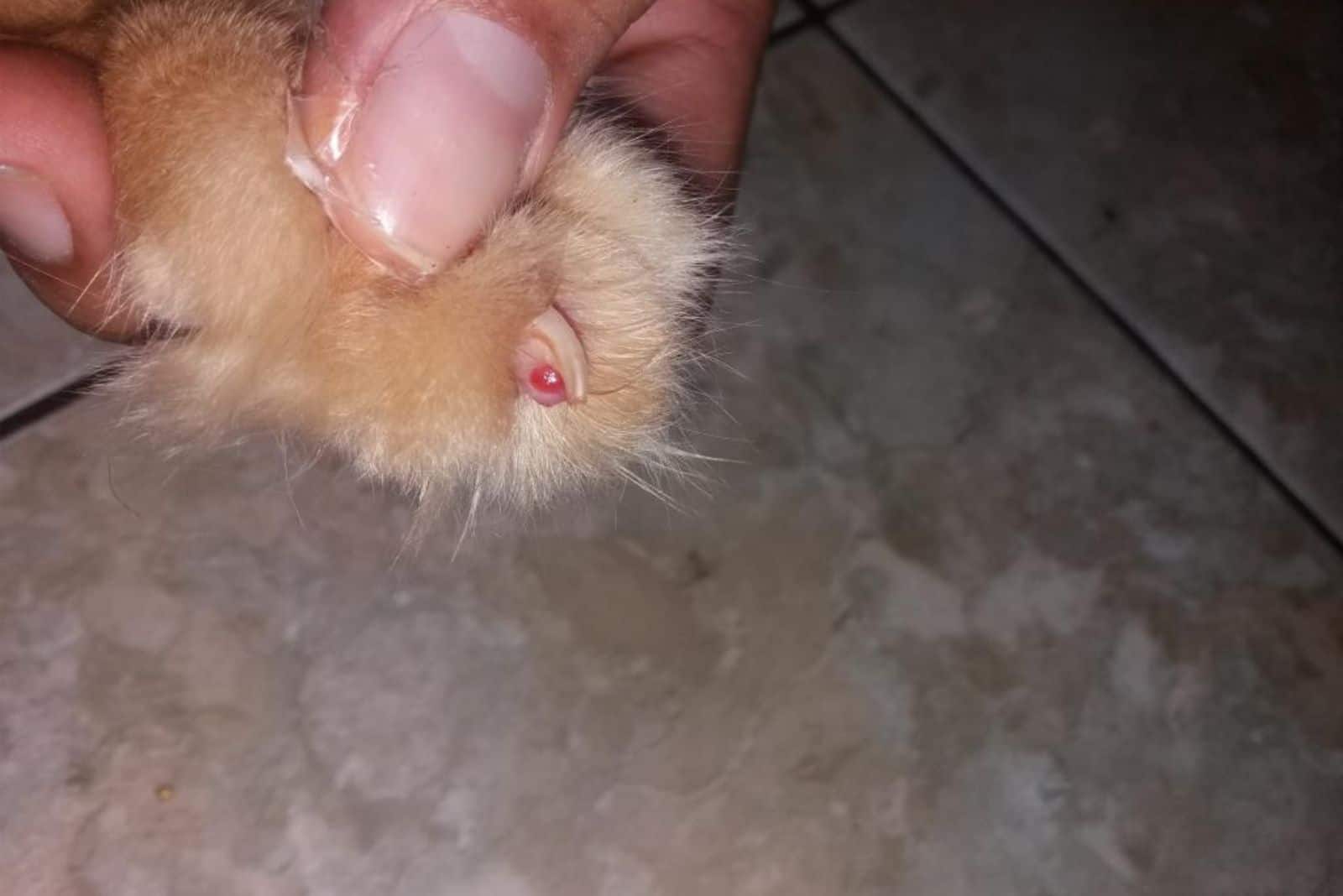
The interdigital area is the space between a cat’s toes. Tumors and cysts can form in these areas around the nail, but we can’t see them because they’re hidden behind the cat’s fur.
Infections, redness, swelling, and skin lesions can all be caused by tumors. The treatment will most likely include the removal of affected tissue as well as a chest X-ray to establish whether the tumor has started to spread.
It is also advised to extract the prescapular lymph node and histopathologically examine the extracted tissue.
Immune-Mediated Diseases
Your cats’ nails can also become unhealthy when they’re affected by immune-mediated or autoimmune diseases. Those most commonly include:
• Systemic lupus erythematosus
• Pemphigus foliaceus
• Pemphigus Vulgaris
Treatment of your cat’s unhealthy claws, in this case, will depend on the underlying immune disorder. In any case, meds that suppress the immune system, such as corticosteroids, are widely used in the case of these diseases.
In many cats, the disease is incurable. Instead, symptom management is necessary to help your cat live a happy life. Observing changes in your cat’s feet and nails is an important part of this process.
Trauma
Trauma is actually the most common cause of unhealthy cat claws and nail disorders in cats. This might be due to trimming accidents or running frantically. You might notice bleeding, swelling, or your cat not leaning on the affected leg.
Treatment will vary according to the severity of the trauma, but it might include trimming the affected nail and cleaning and bandaging it. Your vet might also prescribe antibiotics for the prevention of bacterial infections.
See also: Cat Paw Pad Peeling – Causes And Solutions
Pemphigus Complex
The Pemphigus complex is a collection of autoimmune diseases in cats that are caused by an overactive immune response against the cat’s own tissues, but it’s not very common.
The cat’s epidermal bonding molecules are attacked by the overproduction of antibodies, which causes them to separate and form fluid-containing blisters, which further rupture and form erosions on the cat’s skin.
You may notice small red crusts and spots of hair loss in cats that are affected by this, usually spots around the cat’s claws, followed by blisters that burst with yellowish fluid.
For treatment, your vet will probably propose cortisone, or if that doesn’t help, some other medication will be used, also in the form of immunosuppressive therapy.
Oral antibiotics may also be included in your cat’s treatment if there are any secondary bacterial infections.
Systemic Lupus Erythematosus
This is an autoimmune disorder where again, the cat’s tissues are attacked by antibodies. Antibodies are typically produced due to the presence of a certain virus or bacteria.
The cause of the problem is unknown, but it’s thought to be related to certain medications, sunlight, environmental causes, or genetic factors. Besides the claws, any part of your cat’s body can be affected.
Yellowish discharge can be noticed in the case of systemic lupus erythematosus around your cat’s claws, as well as inflammation and hair loss.
The treatment of SLE includes corticosteroids and anti-inflammatory meds, and if there’s a secondary infection, your vet will prescribe some antibiotics. Additionally, you’ll need to limit your cat’s time in the sunlight.
Acromegaly
Acromegaly is a disease that’s caused by a benign tumor of a cat’s pituitary gland. It results in the overproduction of hormones, and older cats or middle-aged cats are at a higher risk of developing it.
All symptoms of acromegaly relate to excess growth hormone, which eventually leads to the enlargement of the cat’s extremities or organs. Most commonly, it’s the cat’s head, heart, and the thickening of the cat’s claws.
Slowing down the progression of the disease is the aim of the treatment. Treatment might include radiation therapy (which is used in order to shrink the tumor), medication for reducing the levels of growth hormone, or insulin, in the case of diabetes.
Paronychia
Chronic paronychia may involve the loss of normal nail bed anatomy and secondary inflammation of the bone. Paronychia is an inflammatory disease that affects the nail beds of cats.
This disease is typically caused by a bacterial infection of one or two claws. Unfortunately, this infection causes severe pain, and the cat’s nails may thicken and turn brown.
Antibiotics are typically used to treat this type of infection, and the infection should clear up quickly. If medical treatment fails, surgical management may be required.
Read more in Cat Claw Infection – Possible Causes & Solutions!
Most Common Symptoms Of Unhealthy Cat Claws
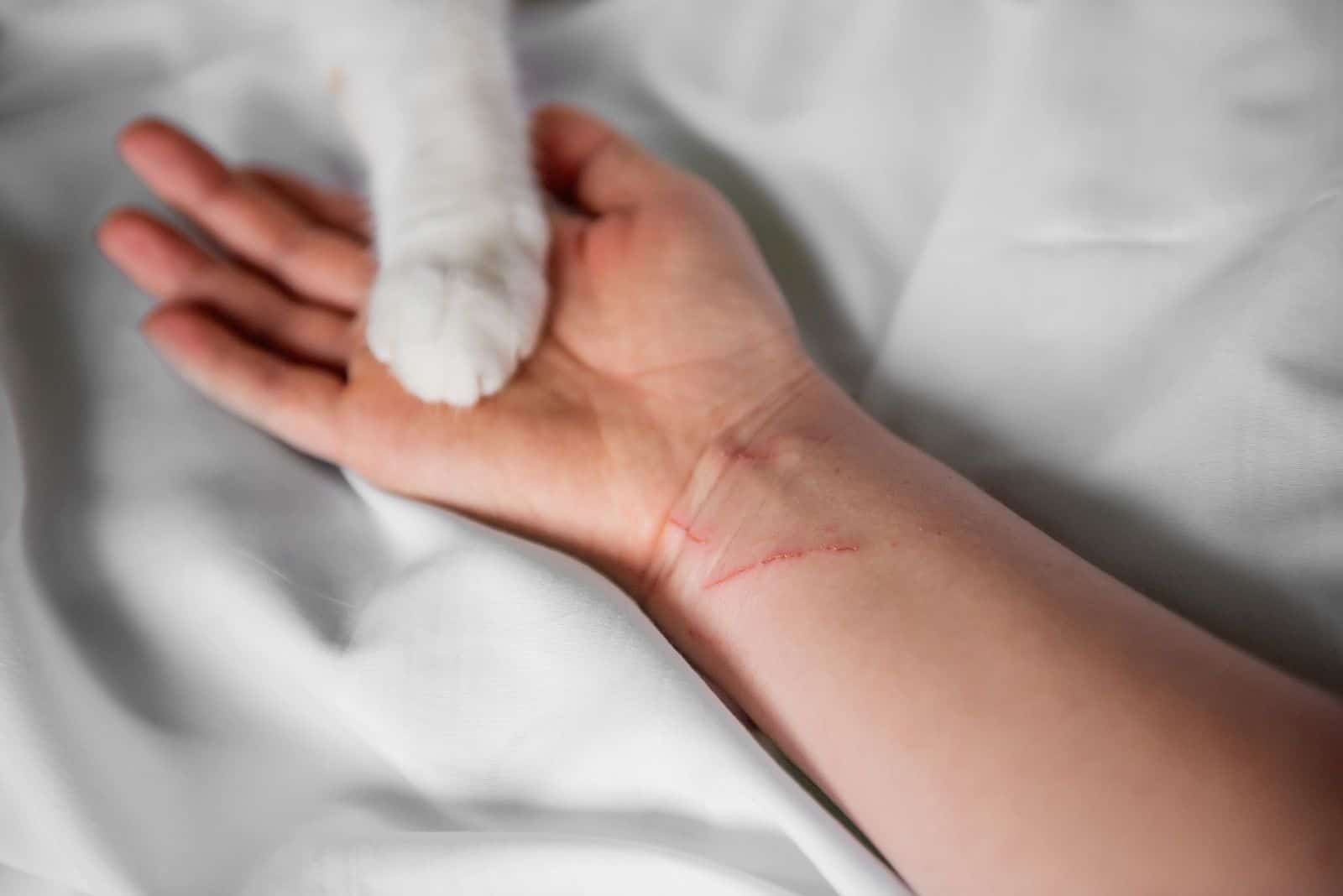
A wide range of diseases can affect a cat’s claws. In fact, approximately 2% of domestic cats are thought to have some type of nail disease. Nail disorders can take the form of infections, dystrophies, or a variety of other issues.
Unhealthy cat nails can be a sign of a larger problem or an issue with the nail itself. Ingrown nails can occur when the nail grows into the footpad as a result of an injury.
A cat’s nails are known to be unhealthy if it exhibits a combination of the following symptoms:
• numbness
• swelling
• pain
• cracks
• redness
• limping
• no scratching
• excessive paw licking
• walking difficulties
• deformed nails
• color change
Why Do Cats Need Claws?
Nails contain keratin, which is the main component that strengthens the nails and hair in both cats and people. The nail bed is the tissue that connects the nail to the toe, which is located under the nail. Cats use their claws for the following reasons:
• scratching behavior
• catching prey
• marking territory
• holding onto things
• kneading
• hygiene
Cats mark their territory with pheromones secreted from glands in their paw pads. These are unique to every cat and serve as a deterrent to other cats from entering.
The cat decides how much force to apply and can therefore use it to scratch and groom themselves or each other without causing harm.
You might also be interested in: TOP 15 Interesting Facts About Cat’s Toe Beans
Diagnosis, Treatment, Claw Care
The diagnosis of unhealthy cat claws, as well as the treatment and after-care, will depend on the cause of the problem. However, we can look at a general overview of what you might expect at the beginning of the healing process.
Diagnosing Claw And Nail Disorders In Cats
Claw disorders may appear to be minor, but they can be caused by severe infections or illnesses such as cancer or melanoma. As a result, it’s critical to take your cat to the vet so that the underlying cause of your cat’s claw problems can be identified.
The veterinarian will check the cat’s medical records to determine whether the problem is genetic or acquired at birth. It’s also critical to inform your veterinarian if your cat’s claws have recently been trimmed.
If not carried out correctly, it is a common source of infection. After the vet has obtained a complete medical history, the physical examination will begin. They examine each nail to see how many are affected.
If multiple claws are causing problems, your cat may have a serious medical condition. If additional testing is necessary, the vet may swab the skin near the cat’s unhealthy claws and send a sample to a laboratory for analysis.
This will determine the cause of the nail disease, and depending on the results, you may need to perform another bacterial or fungal culture to determine the exact cause.
Treatment
Treatment for nail disease depends greatly on the underlying cause. The majority of remedies are simple and non-invasive, but some cases may necessitate more serious treatment.
Claw Care & Recovery
In most cases, topical ointments, as well as simple surgical procedures, are sufficient to resolve our cats’ nail problems. However, it is critical to monitor your cat’s nail health because recurring issues may indicate a more serious issue.
If nail disease recurs in any way, it is critical to consult a veterinarian as soon as possible. Your cat may require additional treatment, or the problem could be a symptom of something more serious.
In any case, these aren’t issues that cat owners want to deal with on their own. Please take your time when cutting your cat’s claws.
The skin may be damaged if the cut is too close, leaving a small wound. This makes cats more vulnerable to infection when performing routine tasks like using their litter box.
FAQ
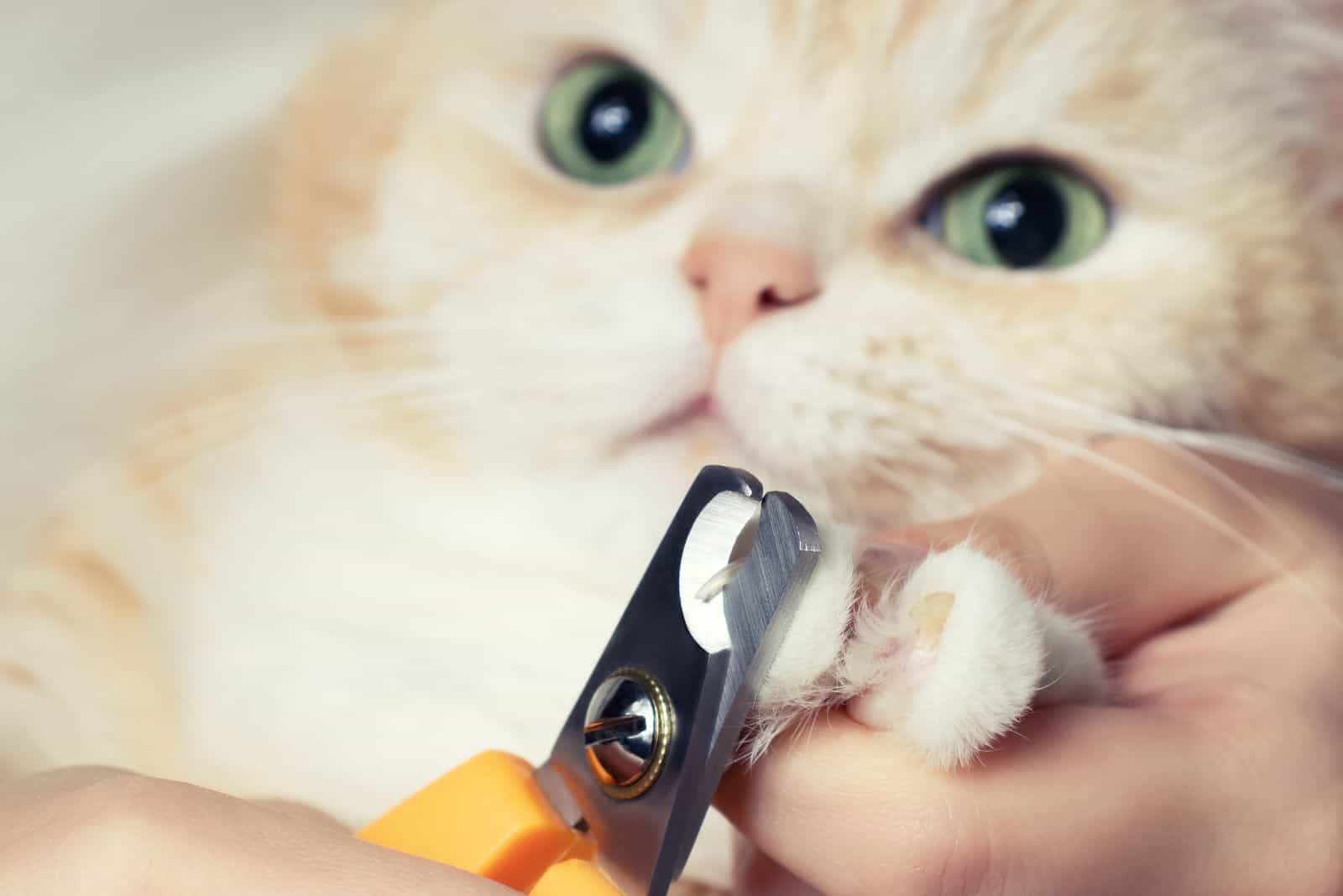
How do you make your cat’s claws healthier?
You need to examine your cat’s claws and paws on a regular basis. Don’t declaw your cat, but rather trim its nails. Pay close attention to your cat’s behavior, make sure your cat is walking normally and there’s no limping.
Provide your cat with a lot of scratching posts and different surfaces for it to scratch on. And, of course, clean your home! Keep your cat’s walking areas clean; by making them clean, they will be safe for your cat, its claws, and its overall health.
What is a claw cap?
Cat nail caps are covers that can be made from various materials. They’re extremely easy to apply; simply glue them onto your cat’s nails.
The caps are simple to put on, inexpensive and give your cat a fashionable look. To avoid causing discomfort to the cat, the caps are shaped similarly to their nails.
They are available in a variety of sizes and colors, and they typically last 4 to 6 weeks. Most importantly, claw caps have no adverse effect on the cat’s natural nail growth.
How can I prevent nail fungus?
The best way to prevent cat nail fungus is to keep the cat’s paws and nails clean. Additionally, to prevent nail fungus, keep your cat’s claws trimmed, so there’s no risk of overgrown cat claws, ingrown cat claws, breaking, or splitting, either.
How do you treat cat nail fungus?
In cases of cat nail fungus, topical ointments are applied directly to the nail for about four weeks before the cat’s nail returns to its normal condition.
What is the best way to trim claws?
Take a paw in your hand and gently press down on the top with your thumb and on the bottom of the paw (on the joint just behind the claw) with your pointer finger. This will cause the claw to extend, allowing you to quickly but carefully trim off the sharp tip.
What are the common side effects of declawing a cat?
Declawing can result in paw pain, leg pain, inflammation, tissue necrosis (death of tissue), infections, and lameness. Declawing alters how a cat’s foot contacts the ground and can cause discomfort and great pain.
Final Words
Cats use their claws for climbing and marking their territory, and wild cats (or outdoor domestic cats) use them to defend themselves from predators. Making sure the claws are healthy will help ensure that your cat acts naturally and performs the activities it should.
Cats also use their claws for grooming and kneading, which is why it’s so important to keep their claws clean and healthy. You should not ignore them because that is the quickest way to unhealthy cat claws, and we don’t want that! Now that you know what the most common causes are and how to recognize the symptoms of unhealthy cat claws, you can act quickly to solve the problem! Let’s make your cat happy and turn unhealthy into healthy nails!

